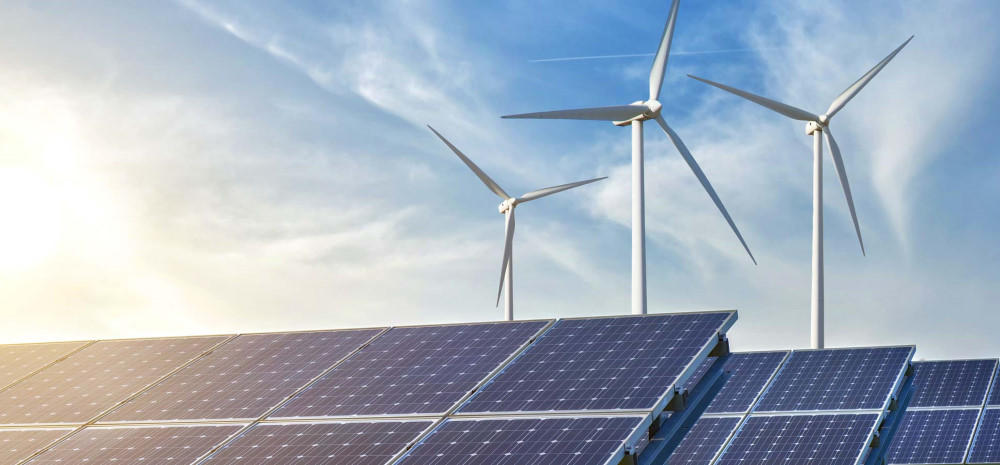Here are some forecasts about how the energy industry will look like next year.
Global Oil Demand May Not Recover
The International Energy Agency (IEA) has revised its prediction for the oil demand in 2021 to 5.8 million barrels per day. Even though this means 300,000 barrels per day increase in the agency’s previous prediction, it still means that the global oil demand is not expected to fully recover despite Pfizer’s new vaccine announcement which enabled an 11% increase in the price of the oil in global financial markets.
“In 2020, global oil demand will be 91.3 million barrels, which is 8.8 million barrels per day lower than in 2019 and below the average level for 2013. In 2021, demand will recover by 5.8 million barrels per day to 97.1 million barrels per day, about 3 million barrels per day below the pre-Covid level in 2019.” the report said.
The agency, which advises Western governments on their energy policies, believes that the vaccine meant little for near-term expectations for crude oil demand. The main reason for this, of course, is that most of the biggest economies in the World, meaning the US and Europe, have total or partial national lockdowns going on.
Even though the IEA accepted that an effective vaccine against COVID-19 might soon be available and this causes a positive response in the markets, “However, it is far too early to know how and when vaccines will allow normal life to resume. For now, our forecasts do not anticipate a significant impact in the first half of 2021,” it continued.

Brent Crude Oil to Average $49.53 per Barrel in 2021
The US Energy Information Administration’s (EIA) latest report on short-term energy outlook predicts that Brent crude oil prices will average $41.42 per barrel in 2020 and $49.53 per barrel in 2021.
This means a decrease from an average of $64.37 per barrel in 2019 and a forward revision of $0.92 per barrel for 2020 compared to the previous month’s report.
International Monetary Fund, on the other hand, predicts a slightly less severe decrease and more modest recovery with prices to drop to $36.9 per barrel in 2020 and then rebound to $39.5 in 2021.

Highly Uncertain Electricity Supply in the Short Term
The US Energy Information Administration’s (EIA) latest report on Trends and Expectations Surrounding the Outlook for Energy Markets states that electricity supply in the short term is highly uncertain because of rapidly changing economic conditions. In the July Short Term Energy Outlook (STEO), total electric power generation declined 6% in 2020 compared to 2019 before rising modestly by less than 1% in 2021, which reflects the overall decline in power demand that remains lower than pre-COVID-19 levels.
“In addition to the uncertainty in electricity demand, the status of component supply chains and the construction workforce are likely to affect the building of new generating capacity in the short term in the US,” says the report. This uncertainty has fuel use implications because most of the generating capacity that had been scheduled to come online in 2020 is fueled by renewable energy sources— including solar and wind—and by natural gas and some of them will be postponed to sometime beyond the STEO forecast period.

Record Growth in Renewable Power
The International Energy Agency’s (IEA) latest fuel report on renewables predicts that driven by China and the United States, net installed renewable capacity will grow by nearly 4% globally in 2020, reaching almost 200 GW. Plus, higher additions of wind and hydropower are taking global renewable capacity additions to a new record this year, accounting for almost 90% of the increase in total power capacity worldwide.
Claiming that the renewables industry has adapted quickly to the challenges of the Covid crisis, the agency has revised its forecast for global renewable capacity additions in 2020 upwards by 18% from its previous update in May.
Even though supply chain disruptions and construction delays slowed the progress of renewable energy projects in the first six months of 2020, the agency notes that construction of plants and manufacturing activity ramped up again quickly and logistical challenges have been mostly resolved with the easing of cross-border restrictions since mid-May. According to the IEA, monthly capacity additions have exceeded previous expectations through September, pointing to a faster recovery in Europe, the United States, and China.
Related Articles
What Industry Leaders Say About the Future of Shipping and Maritime







